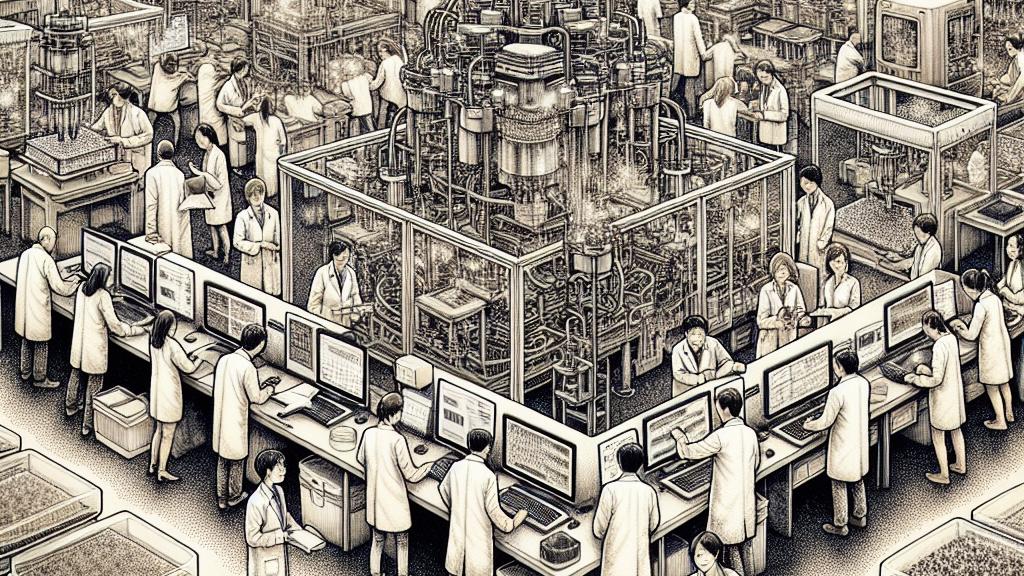Advancements in Thermal-Electric Aerosol Printing for Bioelectric Applications
Overview
- TEA printing significantly speeds up the production of versatile piezoelectric biofilms.
- Glycine-based films exhibit exceptional electromechanical properties, surpassing traditional materials.
- Future research will harness machine learning to innovate further in bioelectronic applications.

A Revolutionary Development in Hong Kong
In the bustling hub of Hong Kong, a team at The Hong Kong University of Science and Technology is making headlines with its revolutionary thermal-electric aerosol (TEA) printing technology. This innovative method represents a major leap forward, enabling the rapid and efficient production of piezoelectric bio-organic films. Picture this: while conventional techniques may mire researchers in hours or days of manufacturing, TEA printing can achieve similar outputs in a matter of minutes! This dramatic increase in speed not only enhances productivity but also brings the dream of practical, real-world applications for bioelectronics much closer to reality.
Exceptional Material Characteristics and Performance
What makes this advancement truly captivating is not just the remarkable printing speed, but also the standout properties of the materials themselves. The glycine/polyvinylpyrrolidone films produced by this technique demonstrate an astonishing piezoelectric voltage coefficient, outpacing the traditional lead zirconate titanate by nearly tenfold. Can you imagine the implications of such a leap in efficiency? Such extraordinary performance is essential for developing advanced bioelectric sensors and energy-harvesting devices. Moreover, the impressive flexibility of these films allows for the creation of bio-devices that closely mimic the adaptable nature of human tissues, thus revolutionizing fields like medical technology and wearable devices.
Fostering Future Innovations and Possibilities
As the research team sets its sights on the future, their next steps are equally thrilling. With ambitions to incorporate machine-learning strategies, they aim to build a rich library of diverse piezoelectric materials that could open doors to unprecedented applications in personalized medicine and next-generation bioelectronics. Imagine a world where therapeutic devices adapt in real-time to individual patient needs or flexible sensors that seamlessly blend into everyday products! Ultimately, these advancements signify more than just technological progress; they herald a transformative era where the boundaries between electronics and biological systems blur, enriching our lives in ways we are only beginning to understand.

Loading...